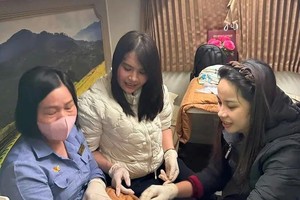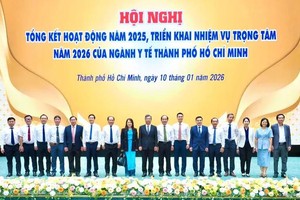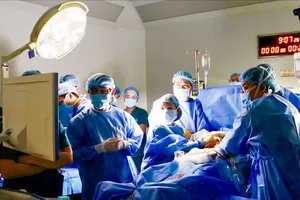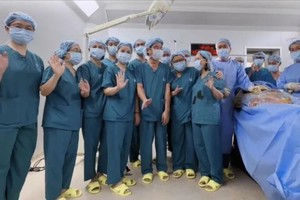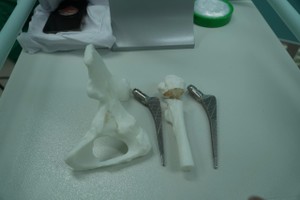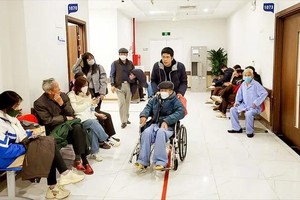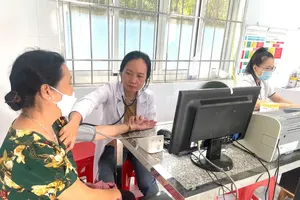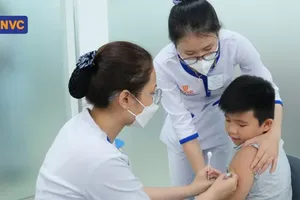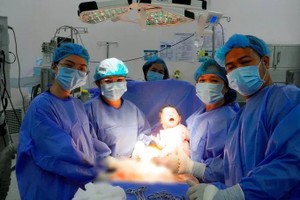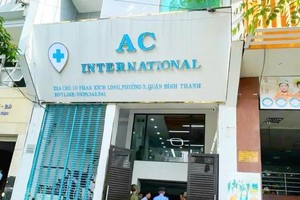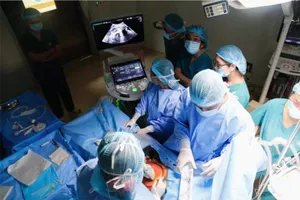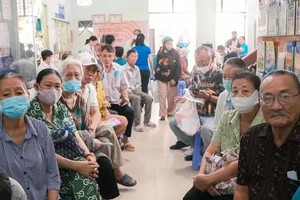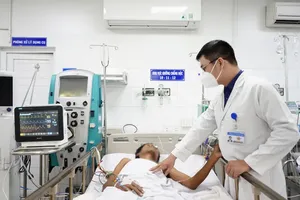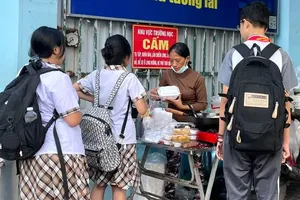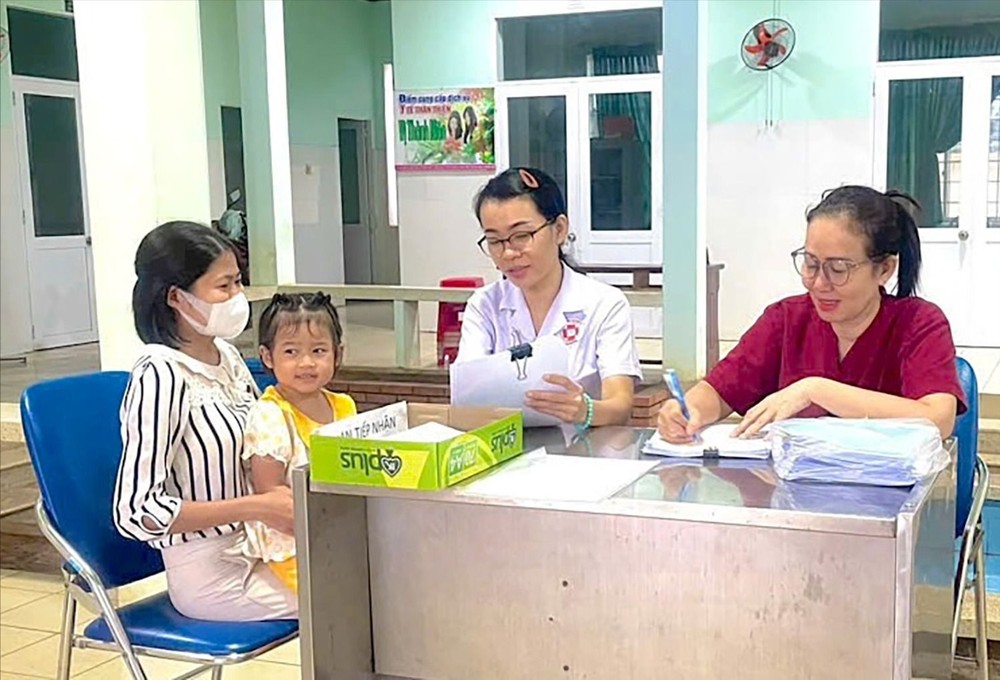
Medical professionals in remote and specialized areas are looking forward to substantial improvements, including enhanced professional capabilities, bolstered human resources, and crucial infrastructure investments. These advancements are expected to lead to better health protection and care services for all residents.
At Suoi Reo medical outpost in HCMC's Xuan Son Commune, a busier-than-usual scene in medical consultations and epidemic prevention was observed. There was a sense of excitement and optimism that the current challenges—particularly the shortage of healthcare personnel—will soon be resolved.
Dr. Le Quang Phuoc, head of Suoi Reo medical outpost, stated that Suoi Reo Commune has merged with Son Binh and Xuan Son communes, now named Xuan Son. The outpost has essential infrastructure and medications, handling around 20 daily patient visits for consultations and health insurance prescriptions. Since July 1, visits for chronic conditions like hypertension and diabetes have risen by approximately 20 percent.
Dr. Ton That Cac, Director of Ba Ria Regional Health Center, reported that the center currently comprises 10 specialized departments and 10 local clinics serving primary healthcare for approximately 135,000 residents. Under the post-merger roadmap, the former Ba Ria City will be reorganized to have one regional health center, three clinics, and eight medical outposts focusing on community healthcare services.
Dr. Ton That Cac revealed that the HCMC health sector on July 1 began implementing a plan approved by the city’s People's Committee. As per the plan, the city health sector will establish 38 regional health centers, 168 clinics, and 296 medical outposts. Initially, the system retains 443 existing ward and commune clinics. Within 60 days, the Department of Health will transition to 168 clinics aligned with the new administrative units and 296 medical outposts. Rather than reducing the importance of grassroots healthcare, the restructuring aims to strengthen human resources and improve the quality of primary care.
Similarly, residents from various wards and communes in HCMC are optimistic about the positive transformations that may follow the merger. A 55 year old woman from Thuan An Ward, while awaiting her test results at Thuan An Regional Health Center, expressed her enthusiasm about becoming a new citizen of the city named after President Ho Chi Minh. She is hopeful that the merger will result in improved facilities and standardized medical equipment at local centers like Thuan An Ward, alleviating the need for residents to travel downtown for medical care.
Deputy Executive Director of Medic Binh Duong Hospital Dr. Nguyen Chi Phong believed that residents living in remote and special areas of HCMC will experience quicker access to central hospitals, free from cross-provincial obstacles. To capitalize on these opportunities, Medic Binh Duong and other hospitals are gearing up to establish technical and professional transfer agreements with big hospitals in HCMC, aiming to improve the quality of diagnosis and treatment, thereby easing the burden on central healthcare facilities.
Echoing this perspective, Dr. Lam Tuan Tu, Director of Vung Tau Hospital, emphasized that meeting evolving medical demands necessitates not only facility upgrades and new services but also robust collaboration with central hospitals. These strategic partnerships are crucial for facilitating technology transfers in specialized fields such as neurovascular, cardiology, oncology, and orthopedic surgery. This will enable the local treatment of conditions that previously required patient transfers to large medical facilities.
Dr. Tran Ngoc Trieu, Deputy Director of the HCMC Department of Health, characterized the merger as a strategic turning point, presenting significant opportunities for the former Ba Ria - Vung Tau province to integrate more deeply into Ho Chi Minh City’s modern and synchronized healthcare system. He noted that satellite hospital models will be implemented, empowering local facilities to adopt big medical techniques.
Further elaborating, Dr. Huynh Minh Chin, another Deputy Director of the HCMC Department of Health, added that previously, Ho Chi Minh City operated with one 115 emergency center and 45 satellite stations.
Moving forward as per the city health sector's plan, this network will expand to cover all city areas, ensuring that residents in even the most remote communes such as Minh Thanh, Tru Van Tho, and Phu Giao will benefit from enhanced access to medical emergency services, he said.
He also highlighted the case of Thuan An General Hospital, currently a Grade II hospital with 320 beds, 16 departments, and 5 functional rooms, which manages over 400,000 outpatient visits and more than 20,000 inpatient visits annually. Projections indicate these numbers will rise to 800,000 outpatient and 30,000 inpatient visits annually by 2030.
Consequently, the city plans to upgrade Thuan An General Hospital to a Grade I hospital with 33 departments and 500 beds to comprehensively address the increasing healthcare demands in the area, he said.
